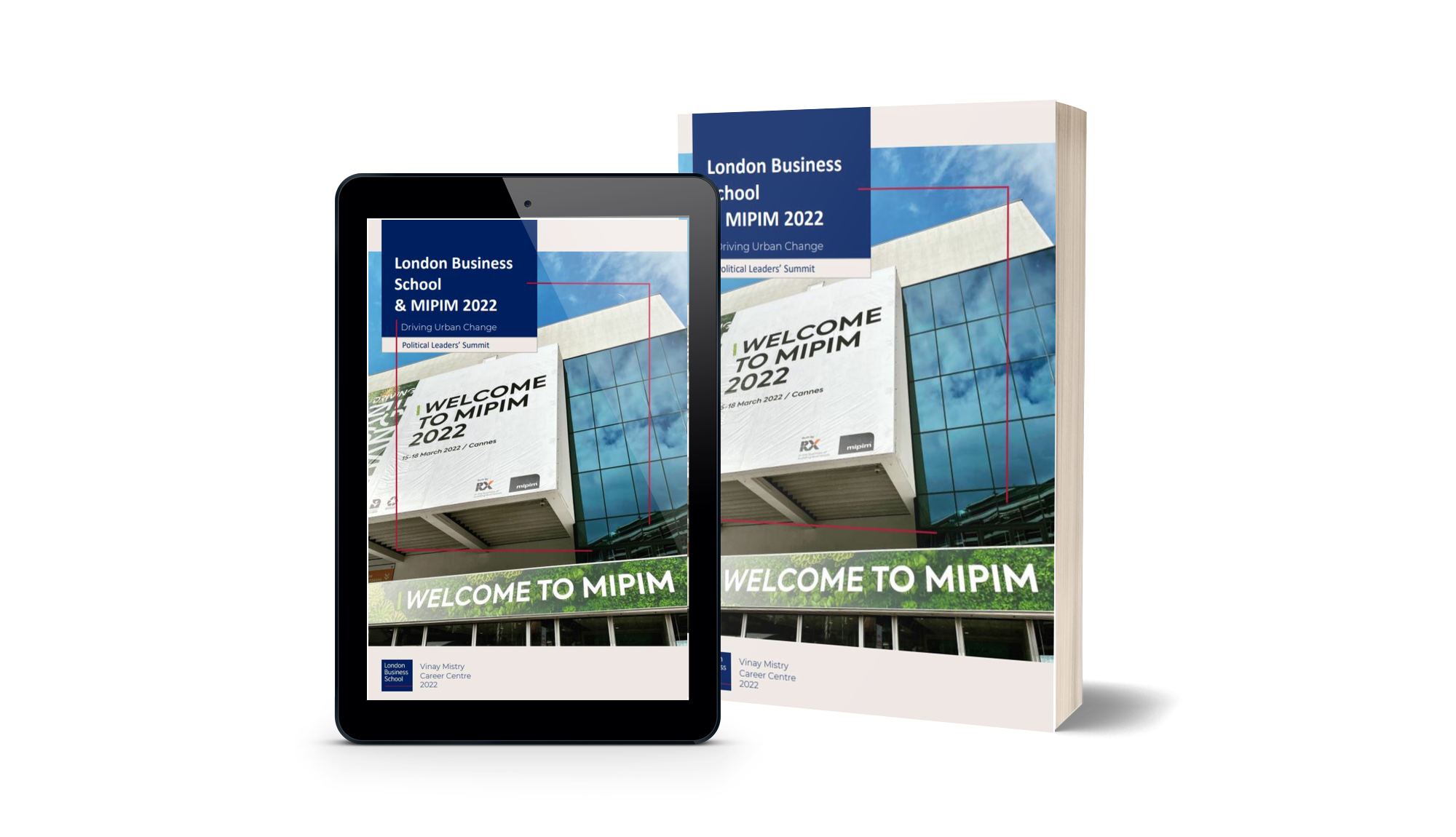The commercial real estate finance talk was thrilling and very encouraging for the sector. It included discussion on “legacy” CMBS maturity, the B-piece buying market, single property CMBS, and the debt funding gap in Europe. The all-star panel that spoke was comprised of Matthew Bornstein, Head of Capital Markets Trading US Deuschte Bank Securities, Wesley Barnes, Head of European Real Estate Finance Citigroup Global Markets, and Jame Mcaffrey of Eastdil Secured.

Whitepaper : LBS political leaders summit
The event began with discussion of the amount of CMBS issuance in the United States over the past few years. In 2011, the group noted that there was $15-18 billion dollars of CMBS issuance, $45 billion in 2012, and that we have already done $26 billion in Q1 of this year. Mr. Bornstein suggests that we may exceed $100 billion of issuance this year.
One of the popular topics that has been common in commercial real estate finance is the amount of CMBS that is maturing in 2015 through 2017. Usually being a 10-year product, this debt will have to be re-financed, loan modified, or liquidated. Access to capital will play a fairly critical role in how these CMBS are met at maturity. “We will have to wait and see how the market copes with the robust number of maturities during this period”, said Bornstein.
There are some new trends in commercial real estate finance. One of these is the single property CMBS market. Instead of the classic pooled fund CMBS, investors are able to buy into single assets, most commonly “trophy” properties. The owner only has to go to one bank, and the CMBS can be issued in less than one week, which is extremely fast. Becoming more common, Bornstein said that there is on average one single asset CMBS issuance a week.
Much of the CMBS market is dependent on the B-piece buying firms. The B-piece buyers invest equity at the bottom part of the capital structure, usually the bottom 7%. When more and more players enter this part of the capital stack, it is an encouraging sign for CMBS issuance. Without this equity residual that these firms allocate, the CMBS would simply not be underwritten. They usually buy at a discount and receive their investment back over time. Being at the bottom of the capital stack, however, they are the riskiest. “Over the past few months, the numbers of B-piece buyers have doubled”, says Bornstein.
Wesley Barnes briefly spoke about the estimated funding gap of commercial real estate financing in Europe, which is estimated to be close to $82 billion. The main factors contributing to the lack of financing in CRE include currency risk, lack of buyers of the most senior tranche of the capital stack, and the different legal systems. The buyers of the AAA bonds simply are not there. Without these players, it is impossible to get these CMBS issued. As this gap will create an opportunity for other investors, someone will meet this demand. There is estimated to only be $10 billion of CMBS issuance in the EU this year, $90 billion less than that of the estimated US issuance.
Whether you consider this investment vehicle a product of financial engineering or real estate, it is here to stay. The B-piece buyers are coming back, investor risk appetite is increasing, and interest rates are low. These all point to an abundant CMBS market. Financing mechanisms for commercial properties are very important to the real estate asset class and we should keep them on our radar.

Whitepaper : LBS political leaders summit
Bryan Masters is currently receiving his Master of Science in Real Estate degree at the University of San Diego while working as an analyst for a real estate investment firm. He is also a guest curator for the MIPIM sustainability and innovation category on behalf of the University of San Diego, Burnham-Moores Centre for Real Estate.
contact Bryan
Image: V. Desjardins / Images & Co



